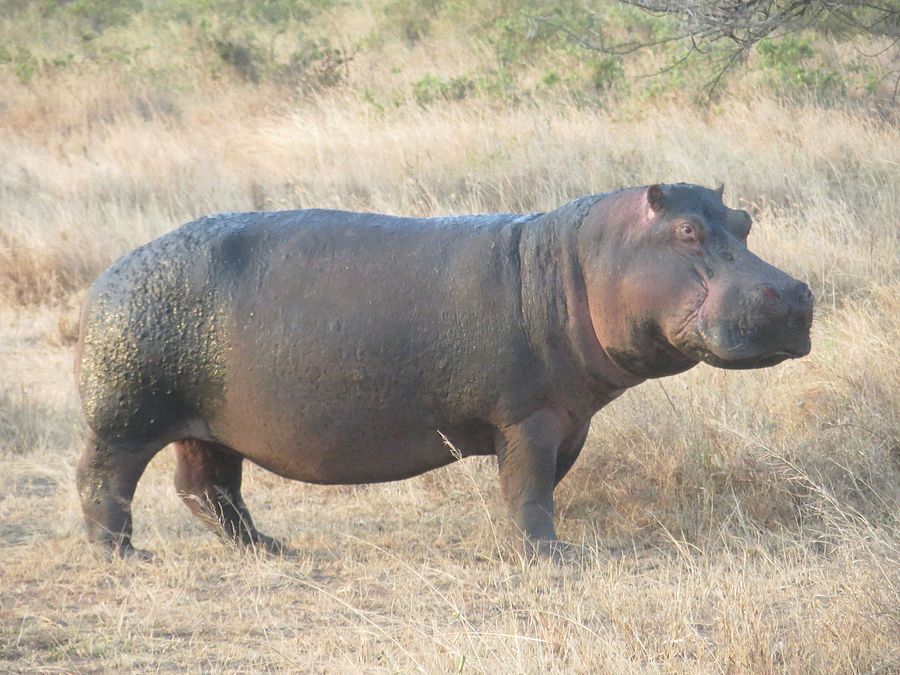Facts About Common Hippopotamus
The hippopotamus, or hippo, is a fascinating and hefty mammal native to Africa, renowned for its massive barrel-shaped body, wide-opening mouth, and almost hairless skin. These semiaquatic giants can weigh around 1,500 kg on average. Despite their size, hippos can run at speeds of up to 30 km/h over short distances. They are commonly found in rivers, lakes, and swamps, where dominant males establish territories and oversee groups of females and young. Interestingly, hippos are more closely related to whales and dolphins than to land-dwelling hoofed animals.
There are five recognized subspecies of hippos, distinguished by their physical differences, and genetic studies have confirmed variations among some of them. Hippos have a long evolutionary history, dating back about 60 million years. However, they face significant threats today, including habitat loss and poaching for their meat and ivory tusks. Despite their somewhat lumbering appearance, hippos are considered one of the most dangerous animals due to their aggressive nature.
In captivity, hippos breed successfully, and many zoos have created more naturalistic environments for them. They hold cultural significance in various African traditions and have become beloved figures in Western media, appearing in zoo exhibits and cartoons. Historically, interactions between humans and hippos have been documented, often highlighting the animal's aggression and occasional attacks on boats and people.
Currently, hippos are classified as vulnerable, with their populations declining due to habitat destruction and hunting. Conservation efforts are underway to protect these unique creatures and their habitats. Experts recommend developing comprehensive management plans to ensure the long-term survival of hippos.

 Tanzania
Tanzania